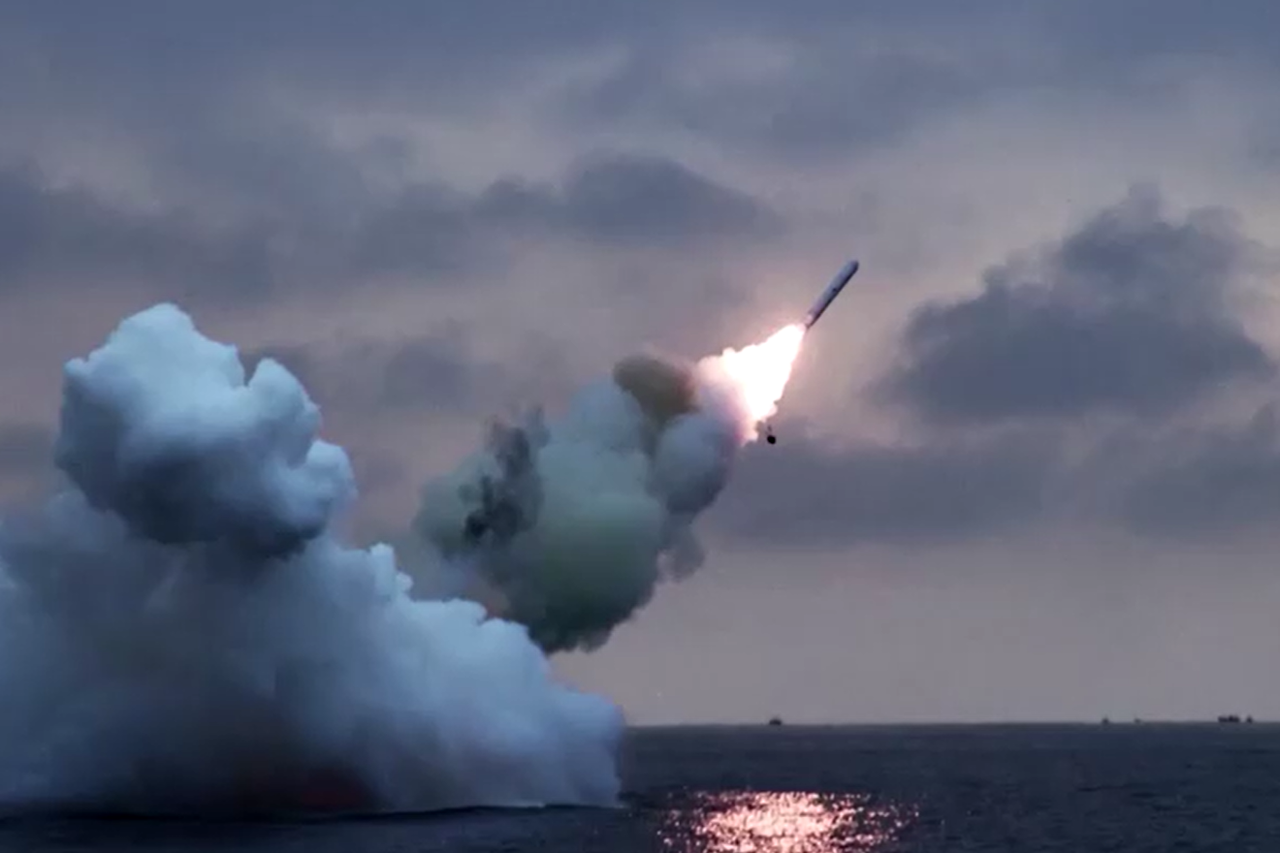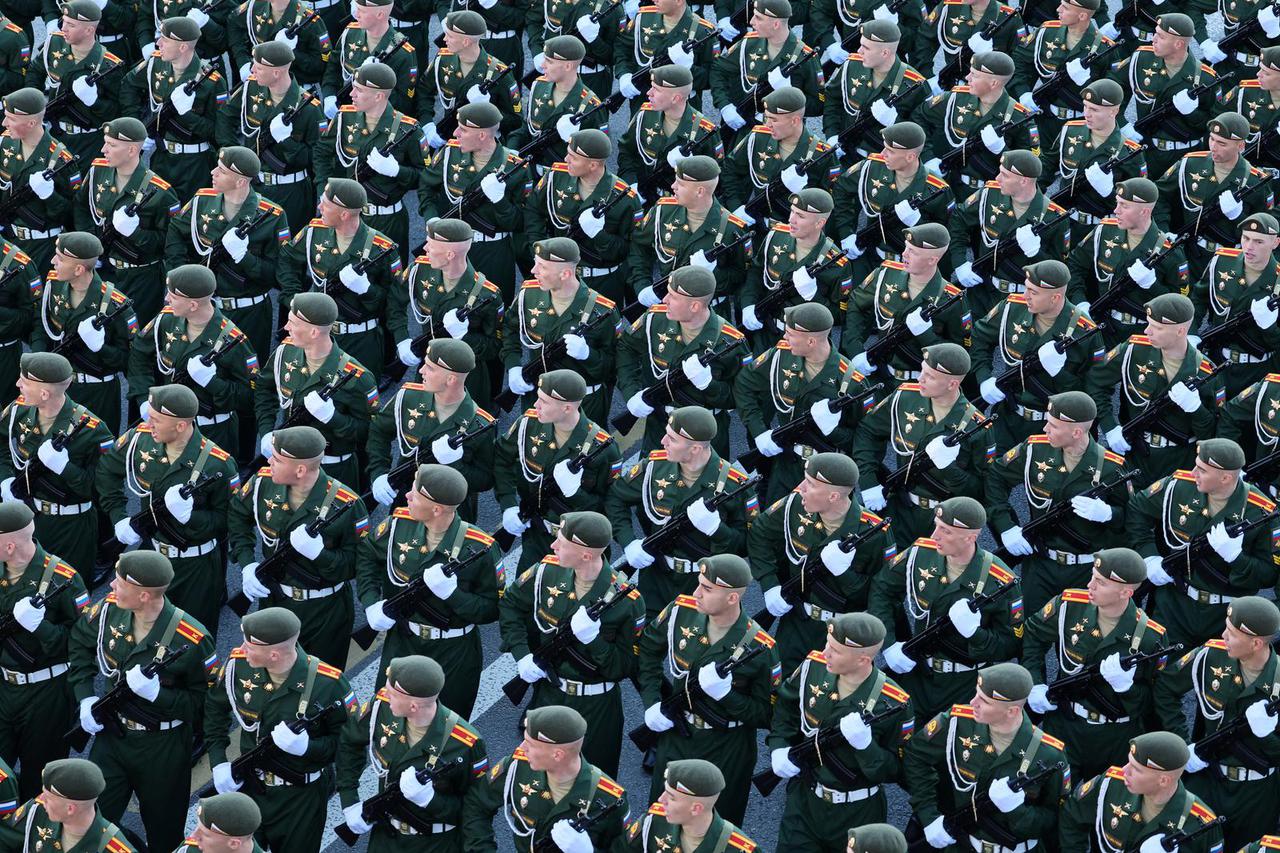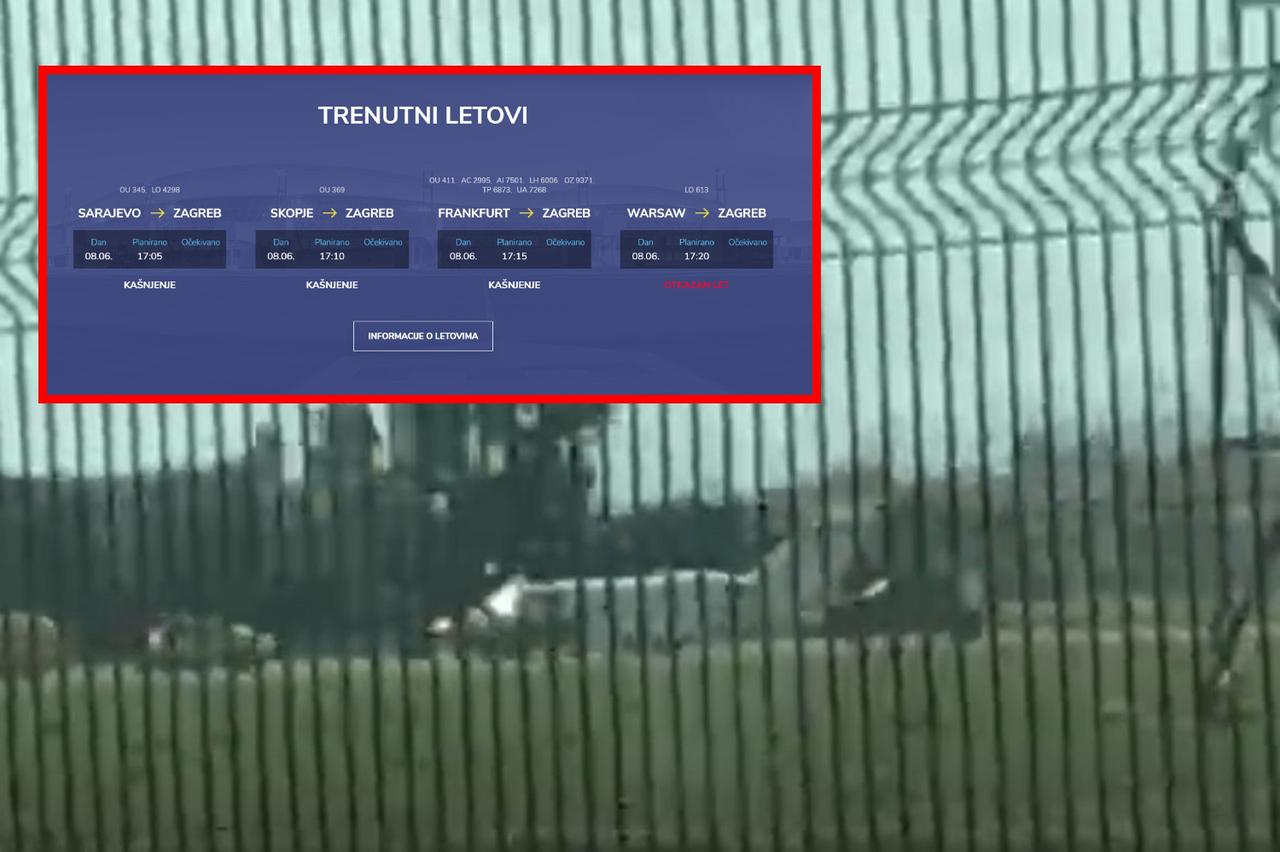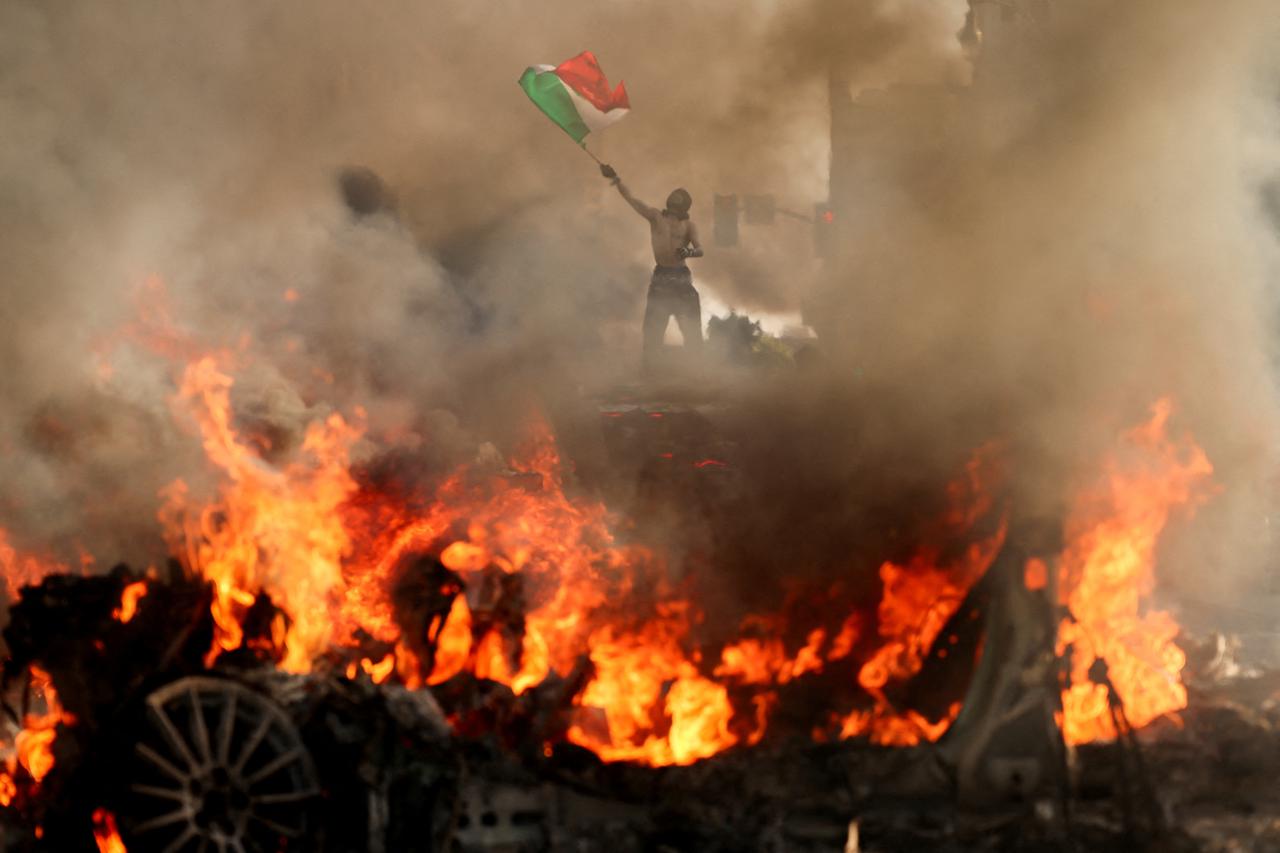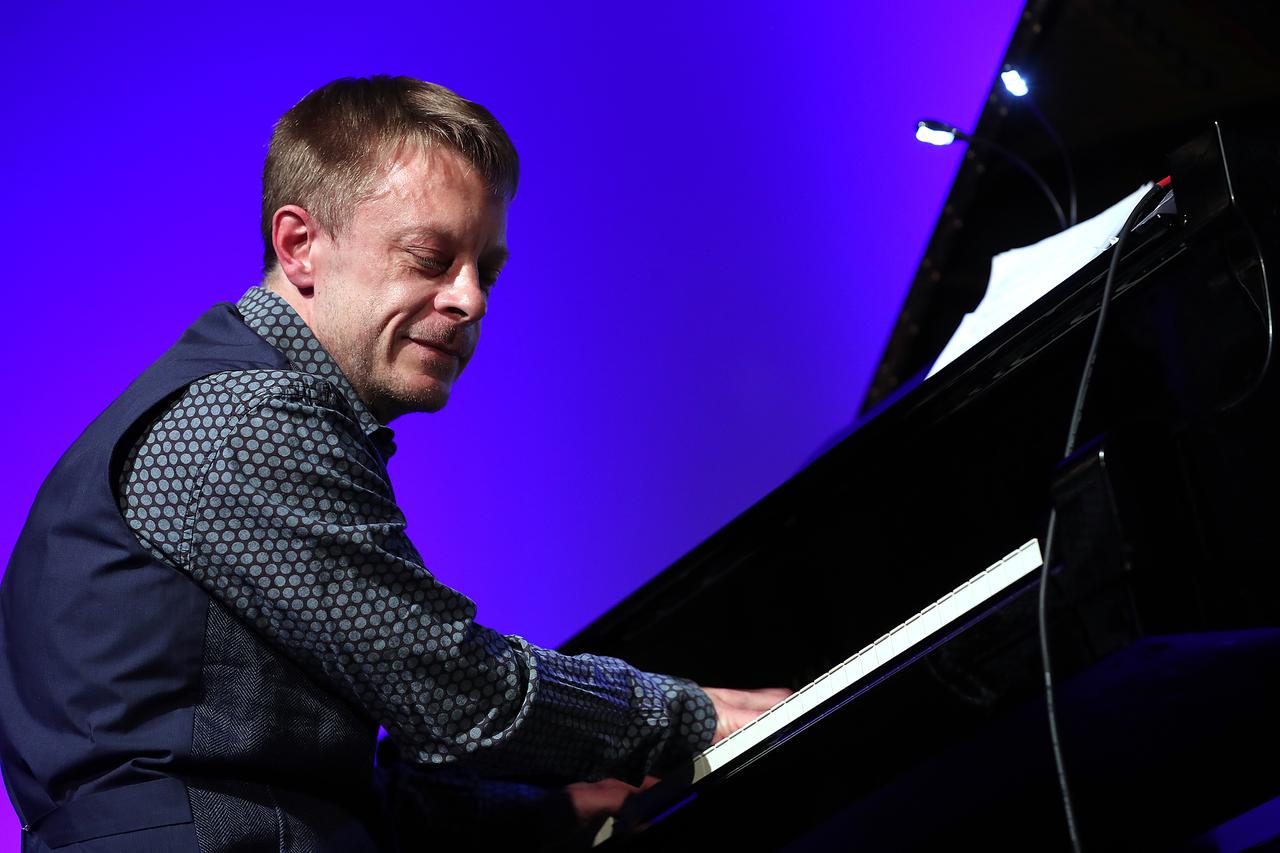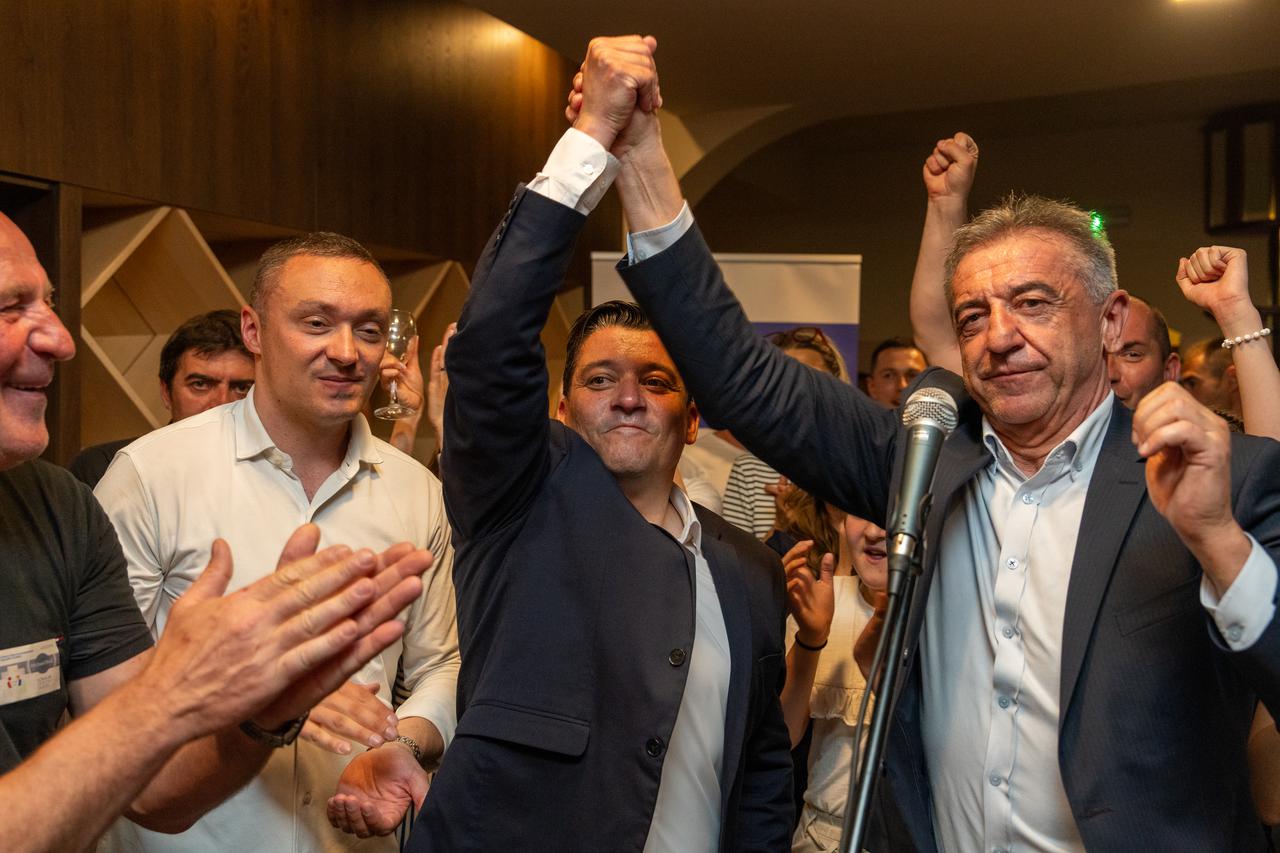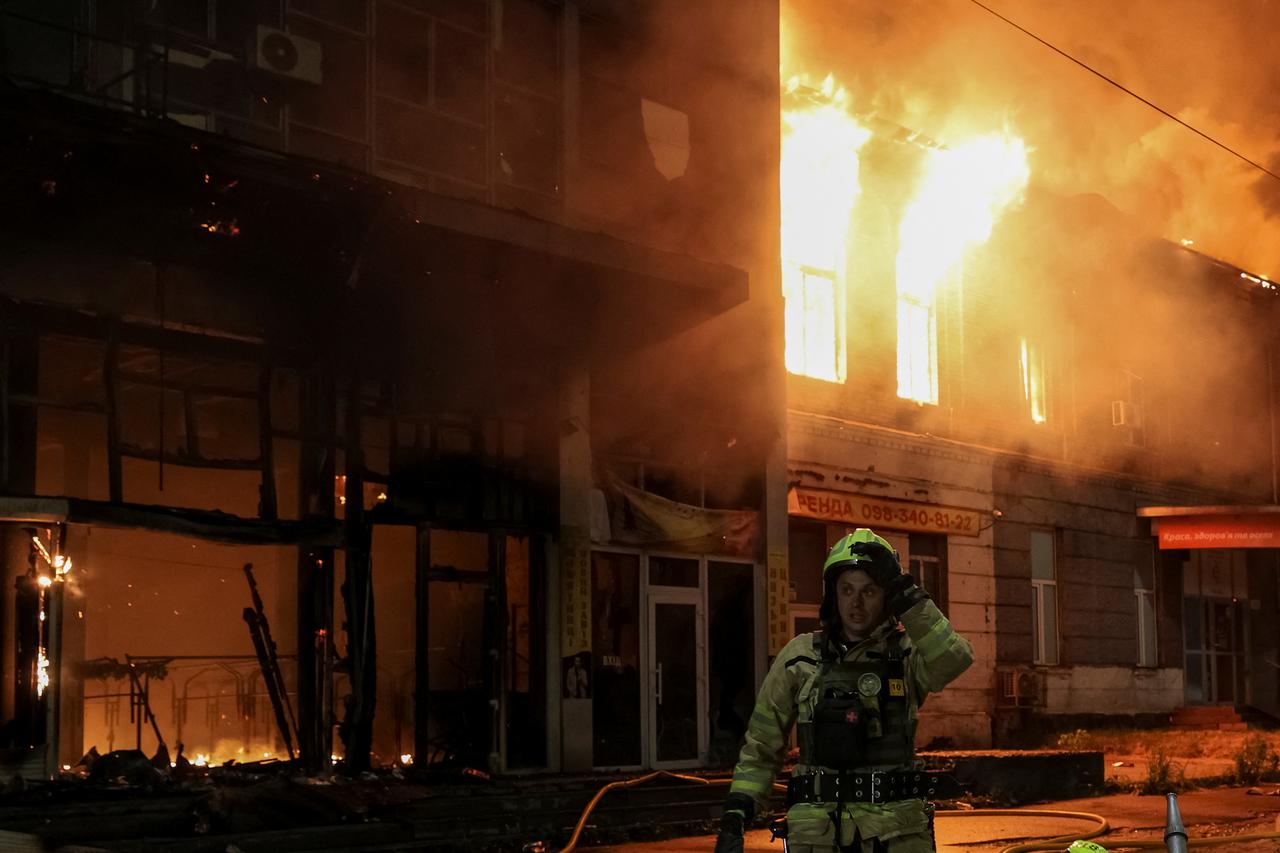The main topic of the article is the current state of nuclear weapons globally, marking the end of the era of nuclear arms reduction and the beginning of a new arms race. Nine countries possess nuclear weapons, with over 12,200 warheads deployed across approximately 120 locations. Russia, the United States, and China are key players in this new dynamic, with growing arsenals and new delivery technologies including hypersonic weapons and the potential deployment of nuclear weapons in space. There is increasing concern about the use of artificial intelligence in nuclear systems. This situation leads to complex deterrence relationships and raises the risk of accidents or intentional nuclear conflicts. In an era where previous arms control agreements have been discarded or are expiring, transparency and trust among nuclear states are declining, further endangering global security.
Political Perspectives:
Left: Left-leaning sources emphasize the dangers of the renewed nuclear arms race, highlighting the risks of escalation, accidents, and the destabilizing effects of new technologies such as AI and hypersonic weapons. They often call for renewed arms control agreements, disarmament efforts, and international cooperation to reduce nuclear threats.
Center: Center-leaning sources provide a balanced view acknowledging the complexity of the current nuclear landscape, recognizing the strategic motivations of nuclear states while stressing the importance of diplomacy, transparency, and maintaining deterrence to prevent conflict. They highlight the challenges posed by emerging technologies and the need for updated arms control frameworks.
Right: Right-leaning sources tend to focus on the necessity of maintaining and modernizing nuclear arsenals to ensure national security and deterrence against adversaries, particularly emphasizing threats from Russia, China, and North Korea. They may support increased defense spending and technological advancements in nuclear capabilities, viewing arms control as secondary to maintaining strength.




